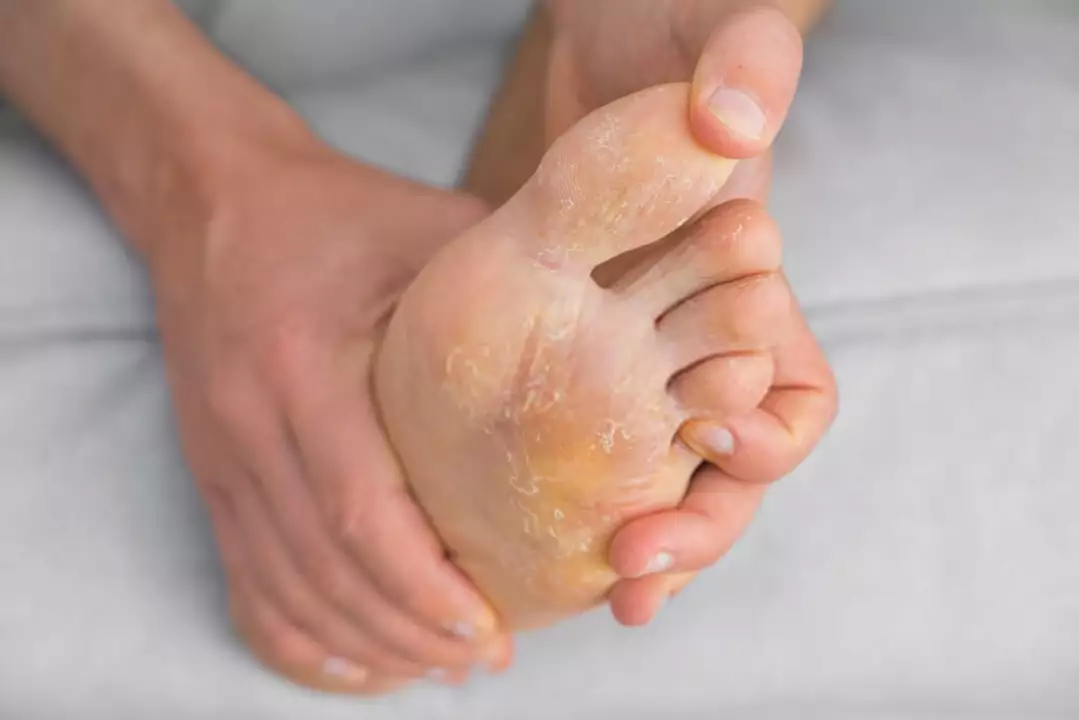Desonide: what it is and why people use it
Desonide is a low‑potency topical steroid used for common skin problems like eczema, contact dermatitis, and mild rashes. Doctors pick desonide when they want the anti‑inflammatory effects of a steroid but with lower risk of skin thinning compared with stronger creams. It calms redness, itch and swelling so the skin can heal.
How to use desonide safely
Use a pea‑sized amount for small areas and a thin layer for larger patches. Most prescriptions advise applying desonide once or twice a day to the affected skin only. Wash your hands before and after applying, unless your hands are the treated area. Do not cover treated skin with airtight dressings unless your doctor tells you to — occlusion can increase absorption and side effects.
Avoid long continuous use. Short courses (days to a few weeks) are common; if symptoms persist after the prescribed time, check with your clinician instead of just using more cream. For children and infants, doctors usually recommend lower doses and shorter treatment because their skin absorbs medicine faster.
What to expect and when to be cautious
Desonide can relieve itch and redness within a few days. If you see no improvement in a week or two, or the rash gets worse, contact your healthcare provider. Minor side effects include burning, stinging, dryness, or irritation at the application site. If you notice thinning skin, stretch marks, persistent irritation, or unexpected hair growth in the treated area, stop use and get medical advice.
Don’t use desonide on infected skin unless a clinician confirms it’s safe. Topical steroids can hide or worsen fungal, bacterial, or viral infections. Also avoid applying near the eyes; if the cream gets in the eye, rinse it out and seek care if irritation continues.
Systemic effects are rare but possible when large areas are treated, an occlusive dressing is used, or the medicine is used for a long time. This can affect hormone balance (HPA axis), so doctors monitor signs if prolonged therapy is needed.
If you’re pregnant or breastfeeding, ask your prescriber before using desonide. In many cases low‑potency topical steroids are allowed with caution, but your doctor will weigh benefits and risks for your situation.
Storage is simple: keep the tube or jar closed, away from heat and direct sunlight, and out of reach of children. Throw out any medication past its expiry date.
Bottom line: desonide is useful for mild inflammatory skin conditions when used exactly as directed. It’s gentle compared with stronger steroids, but safe use still matters — use the smallest effective amount for the shortest time needed, watch for irritation or signs of infection, and talk to your doctor if anything seems off.

Desonide for Athlete's Foot: A Viable Treatment Option?
May 13, 2023, Posted by Mike Clayton
As a sufferer of athlete's foot, I was intrigued to learn about Desonide as a potential treatment option. Desonide is a mild corticosteroid often used for skin conditions, but its effectiveness for athlete's foot is still debated. Some studies suggest that it may help reduce inflammation and itching associated with the condition. However, it's important to note that Desonide does not directly target the fungal infection itself. Ultimately, it's crucial to consult a medical professional before trying Desonide or any other treatment for athlete's foot.
MORESEARCH HERE
Categories
TAGS
- treatment
- online pharmacy
- dietary supplement
- side effects
- health
- dietary supplements
- health benefits
- online pharmacy Australia
- medication adherence
- medication safety
- thyroid disorders
- treatment option
- calcipotriol
- blood pressure
- erectile dysfunction
- closer look
- optimal health
- sexual health
- bacterial infections
- nutrition
